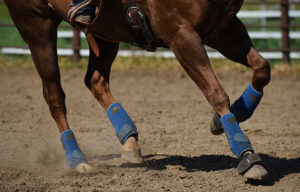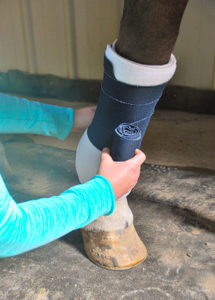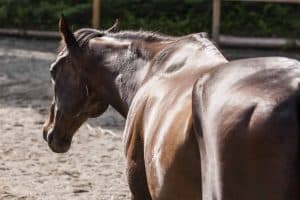Photosensitization in the Horse
Photosensitization is a serious skin condition characterized by “sunburned,” crusty skin that dies and sloughs away. It is usually caused by a reaction to something the horse has eaten, but the skin problem does not appear until the
- Topics: Article, Liver Problems, Other Skin Problems
Photosensitization is a serious skin condition characterized by “sunburned,” crusty skin that dies and sloughs away. It is usually caused by a reaction to something the horse has eaten, but the skin problem does not appear until the animal is exposed to sunlight. Christine Rees, DVM, Dipl. ACVD (dermatology), assistant professor of dermatology in the college of veterinary medicine at Texas A&M University, says three factors contribute to the development of photosensitization: Presence of a photoactivating substance in the skin, exposure to ultraviolet light, and lack of skin pigment (which enables more UV light to penetrate the skin).
“There are three classifications of photosensitization: Primary photosensitization, hepatogenous photosensitization (due to liver impairment), and photosensitization due to abnormal pigment production,” says Rees. “The latter, called porphyria, is genetic, very rare, and seen more often in cattle than in horses.”
Primary Photosensitization
The photosensitizing agent (usually a plant or a drug) is eaten or injected and travels to the skin or contacts the skin, explains Rees. “Examples of plants that cause primary photosensitization include St. John’s Wort, buckwheat, burr trefoil, smartweed, and perennial rye grass,” she says. “Examples of drugs that cause photosensitization include phenothiazine, thiazides, rose bengal, acriflavines, methylene blue, sulfonamides (trimethoprim sulfa), and tetracycline
Create a free account with TheHorse.com to view this content.
TheHorse.com is home to thousands of free articles about horse health care. In order to access some of our exclusive free content, you must be signed into TheHorse.com.
Start your free account today!
Already have an account?
and continue reading.
Written by:
Heather Smith Thomas
Related Articles
Stay on top of the most recent Horse Health news with















